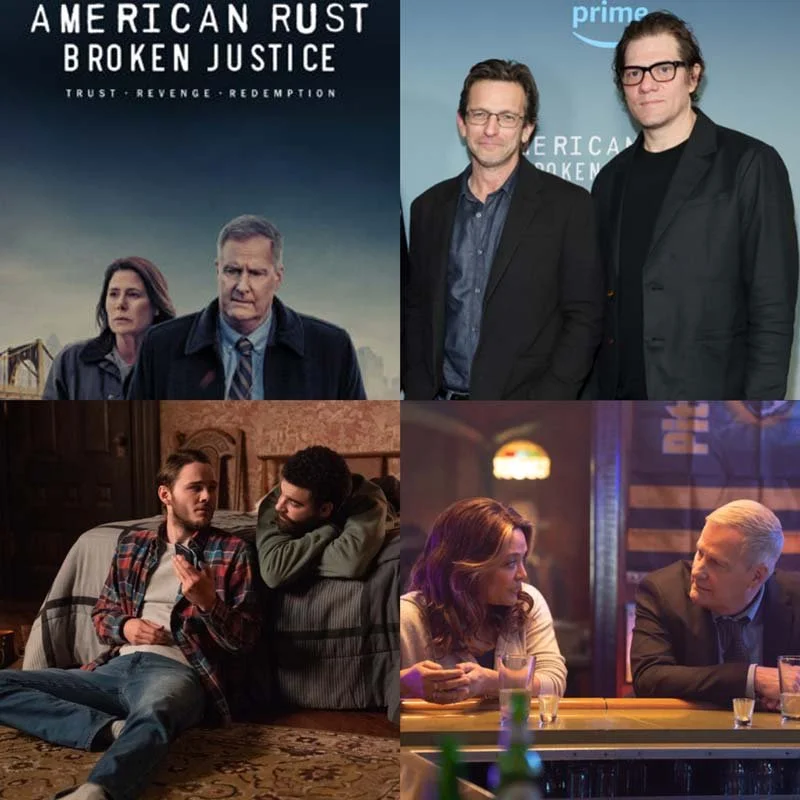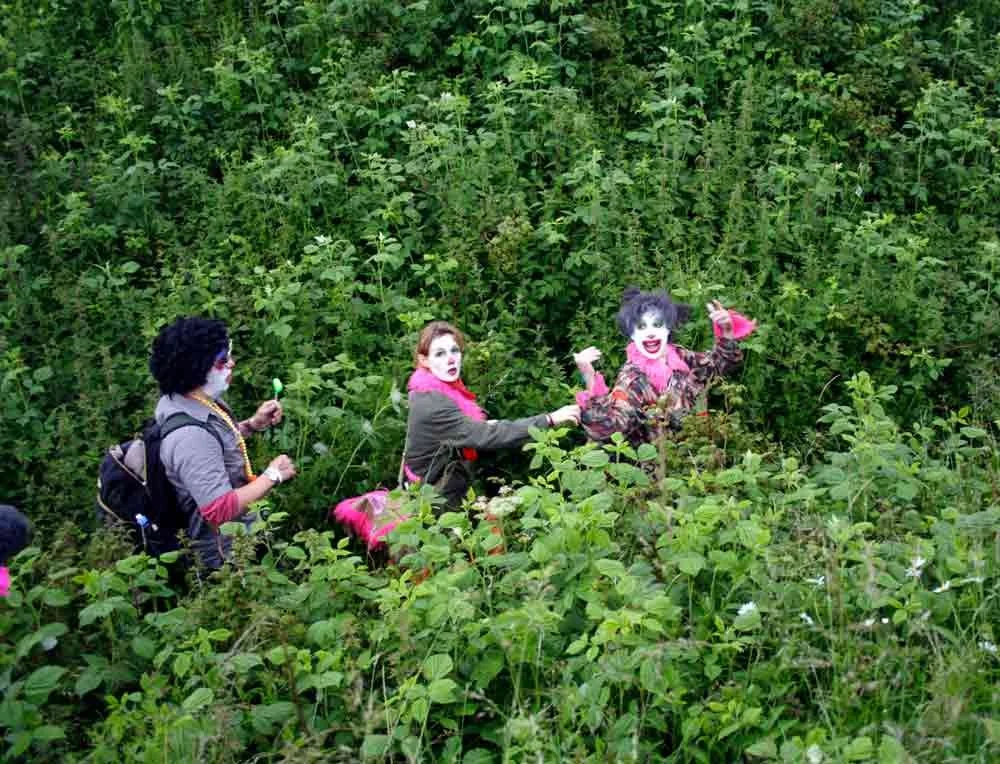Coraghessan Boyle is the author of twenty-four books of fiction, including, most recently, After the Plague (2001), Drop City (2003), The Inner Circle (2004), Tooth and Claw (2005), The Human Fly (2005), Talk Talk (2006), The Women (2009), Wild Child (2010), When the Killing's Done (2011), San Miguel (2012), T.C. Boyle Stories II (2013) and The Harder They Come (2015). He received a Ph.D. degree in Nineteenth Century British Literature from the University of Iowa in 1977, his M.F.A. from the University of Iowa Writers' Workshop in 1974, and his B.A. in English and History from SUNY Potsdam in 1968. He has been a member of the English Department at the University of Southern California since 1978, where he is Distinguished Professor of English. His work has been translated into more than two dozen foreign languages, including German, French, Italian, Dutch, Portuguese, Spanish, Russian, Hebrew, Korean, Japanese, Danish, Swedish, Norwegian, Lithuanian, Latvian, Polish, Hungarian, Bulgarian, Finnish, Farsi, Croatian, Turkish, Albanian, Vietnamese, Serbian and Slovene. His stories have appeared in most of the major American magazines, including The New Yorker, Harper's, Esquire, The Atlantic Monthly, Playboy, The Paris Review, GQ, Antaeus, Granta and McSweeney's, and he has been the recipient of a number of literary awards, including the PEN/Faulkner Prise for best novel of the year (World's End, 1988); the PEN/Malamud Prize in the short story (T.C. Boyle Stories, 1999); and the Prix Médicis Étranger for best foreign novel in France (The Tortilla Curtain, 1997). He currently lives near Santa Barbara with his wife and three children.
THE CREATIVE PROCESS
I get a real sense from your writing that you’ve always wanted to be an IBM guy, living in suburbia, driving a BMW. Is there any truth to that? I know you’re very connected to nature.
T.C. BOYLE
Well, my deep distrust of electronic media and machines of any kind disqualify me for IBM employment, but I am living in suburbia and driving a BMW. I grew up in a suburban environment and am most comfortable there. I now live in a little village contiguous to Santa Barbara. I can walk a few blocks into town or to the beach, then come back home and see the Milky Way from the front lawn. I hear the croak of frogs at night and host monarch butterflies, possums, raccoons, hawks, owls and rats uncountable in my yard. This is joy.
THE CREATIVE PROCESS
The dedication to your third book, World’s End, reads: In memory of my own lost father. If this isn’t too personal a question, could you explain the story behind that dedication?
BOYLE
My father was sunk into depression and alcoholism when I was a teenager and he didn't live long enough for me to outlive my rebellious phase and embrace him. I wish it had been different.
As for the second part of the question, I will give a qualified yes. All artists are seeking to create a modified world that conforms to their emotional and artistic expectations, and I am one of them, though, of course, as we grow and age those expectations are continually in flux.
THE CREATIVE PROCESS
And do you think the impulse to write fiction is something imprinted on us by early experiences of loss or even of happiness...? Something lost you are seeking to recreate?
World’s End, The Tortilla Curtain, Drop City, The Road to Wellville, The Harder they Come... a lot of your books feature idealists or dystopias, people setting out with one intension but discovering the world/place they imagined is really something else. America is often the focus of your critique. The impression I get reading your work is that you’re interested in the theme of longing and disappointment. Do you know why? Can you think back to some initial rupture, perhaps growing up, when you realised the way the system works, the way it’s stacked against the powerless, the immigrant, the underclass, when you may have said to yourself – hang on, this isn’t what it’s pretending to be?
–
I have experienced disillusionment with the limits of human life and understanding. Perhaps, because I live so intensely in the imagination, this has hit me harder than most–I really can't say. But the mythos that underpins all societies is transparent, and that transparency, once seen through, is crushingly disappointing.
–
BOYLE
I love your insights here, Mia. Yes, like all of us, I have experienced disillusionment with the limits of human life and understanding. Perhaps, because I live so intensely in the imagination, this has hit me harder than most–I really can't say. But the mythos that underpins all societies is transparent, and that transparency, once seen through, is crushingly disappointing. I wish we were more than animals, I wish goodness ruled the world, I wish that God existed and we had a purpose. But the truth, naked and horrifying, stares us down every day. Ideals? What do they matter in the long run? What does anything matter? As I point out in the preface to T.C. Boyle Stories II, I went (at age twelve or so) from the embrace of Roman Catholicism (God, Jesus, Santa Claus, love abounding) to the embrace (at seventeen) of the existentialists, who pointed out to me the futility and purposelessness of existence. I've never recovered.
THE CREATIVE PROCESS
Your most recent books have contemporary settings. A Friend of the Earth is actually set in the future. Your early work had historical settings, the 17th and 18th centuries, and a number were set in the early 20th century. Why were you drawn to those periods? Do you enjoy research? What did those historic settings offer? And why the shift to contemporary settings now?
BOYLE
Actually, since the beginning, my books have followed a rough pattern that goes like this: a book of stories, an historical novel, a contemporary novel, a book of stories, an historical novel, a contemporary novel, etc. I like to think that I can place a story in any period or setting and tell it from any point of view. This presents a challenge, of course, as in San Miguel, an historical novel told entirely from the point of view of its three principal female characters, or the work in progress, The Terranauts, told from three first-person points of view. I want to surprise you (and myself) each time out. As for history, I love to open it up like flower to see where the seeds of our present dystopia came from. And for the latter part of your question, tracing backwards through the last few novels: The Terranauts is set in the early-to-mid 1990s; The Harder They Come is set in 2012; San Miguel is set in the 1890s and 1930s; When the Killing's Done is set in 2011 (with an opening set in the 1940s); The Women is set in the period of the late nineteenth and early twentieth centuries, etc. What will come next, I can't say. Ask me next year. Or maybe the year after.
Find us on Apple Podcasts, Spotify, Google Podcasts, Podcast Addict, Pocket Casts, Breaker, Castbox, TuneIn, Overcast, RadioPublic, Podtail, and Listen Notes, among others.
Mia Funk is an artist, interviewer and founder of The Creative Process.



















































